Assassin’s Creed Valhalla hands-on preview: 4 things I liked, 2 things I didn’t
Assassin’s Creed Valhalla has fixed some, but not all, of Odyssey’s problems
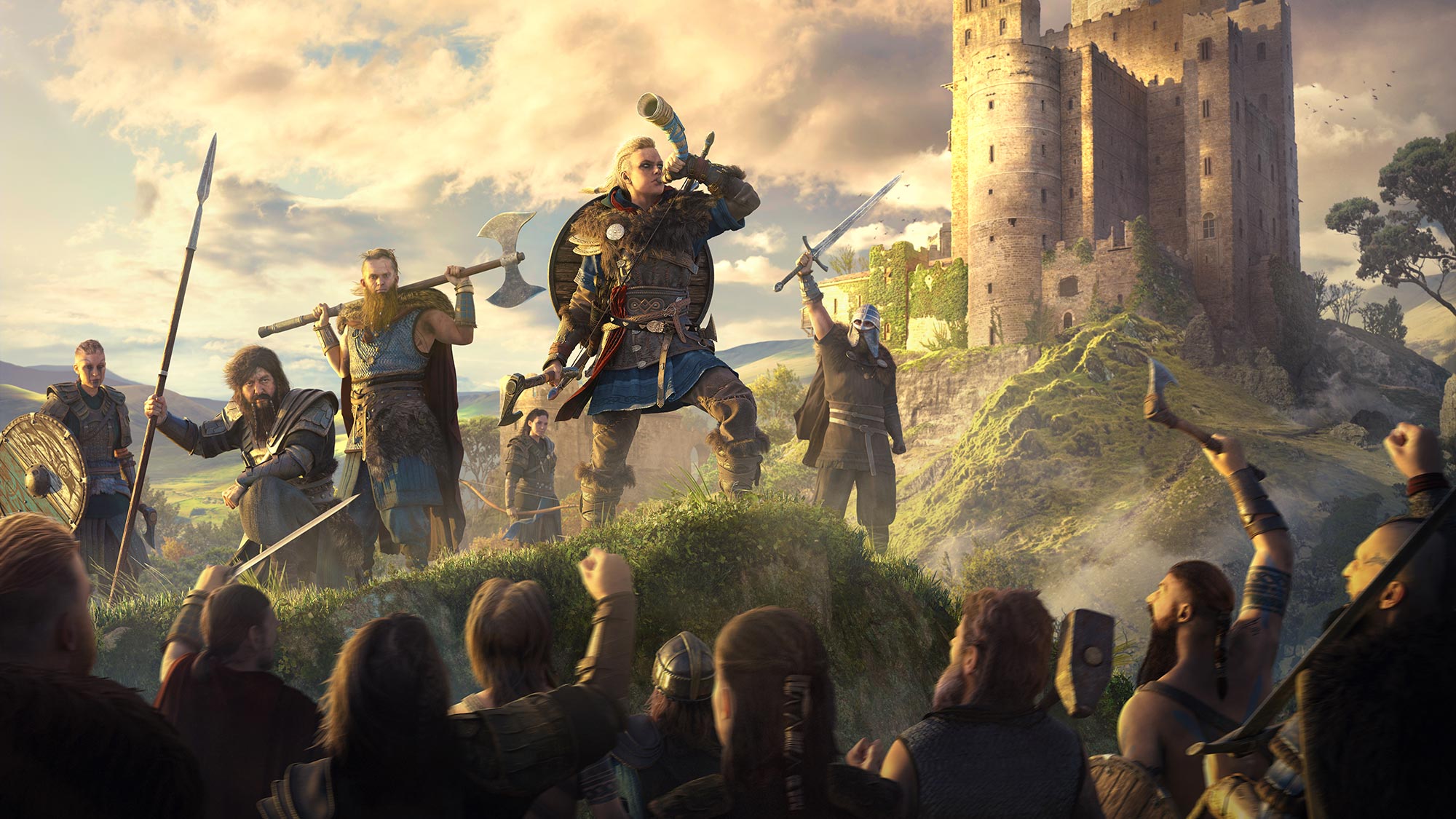
Assassin’s Creed Valhalla is the latest game in Ubisoft’s long-running Assassin’s Creed series, and the first for the PS5 and Xbox Series X. Even so, Valhalla is a familiar experience, at least based on a three-hour demo that I played last week. Like Origins and Odyssey, Valhalla features a huge world with a customizable protagonist and much more open combat than earlier Assassin’s Creed entries. But Valhalla also feels a bit more streamlined than its immediate predecessors, with more ambitious themes in its story.
I don’t know whether Valhalla will fix every problem I had with the last two games, but I do know that I didn’t get bored once during a very long demo, and I would have happily kept playing for longer. Here’s what I really liked about Assassin’s Creed Valhalla — and what still gives me pause.
- All the Xbox Series X games we know about
- Microsoft Flight Simulator 2020 release date, price and more
- The best shows Netflix won’t let Americans watch (and how to stream them)
Deep combat system
If there’s one thing critics have never agreed on, it’s the combat system in Assassin’s Creed. The earlier entries were too simple; the later entries were too repetitive. Or, alternatively, the earlier entries were clean and streamlined; the later entries were admirably customizable.

Whatever your view, Valhalla is much closer to Origins and Odyssey than it is to the earlier games. You can equip a variety of weapons, from axes to spears to flails, and pummel enemies with either light or heavy attacks. Most enemies have shields, and will block your attacks until you break their guard. Multiple enemies will attack at once, meaning that combat is a delicate balancing act between defense and offense.
First off, the combat is gory. You play as Viking warrior Eivor, who does not show any mercy to his (or her; you can choose Eivor’s sex) foes, particularly if you rely on heavy attacks. During my demo, he chopped off limbs, separated enemies from their heads and sometimes just stomped them into oblivion. Even by the bloody standards of Origins and Odyssey, combat is brutal in Valhalla. How much you enjoy that will depend on your own preferences; I thought it was cool at first, and excessive by the third hour.
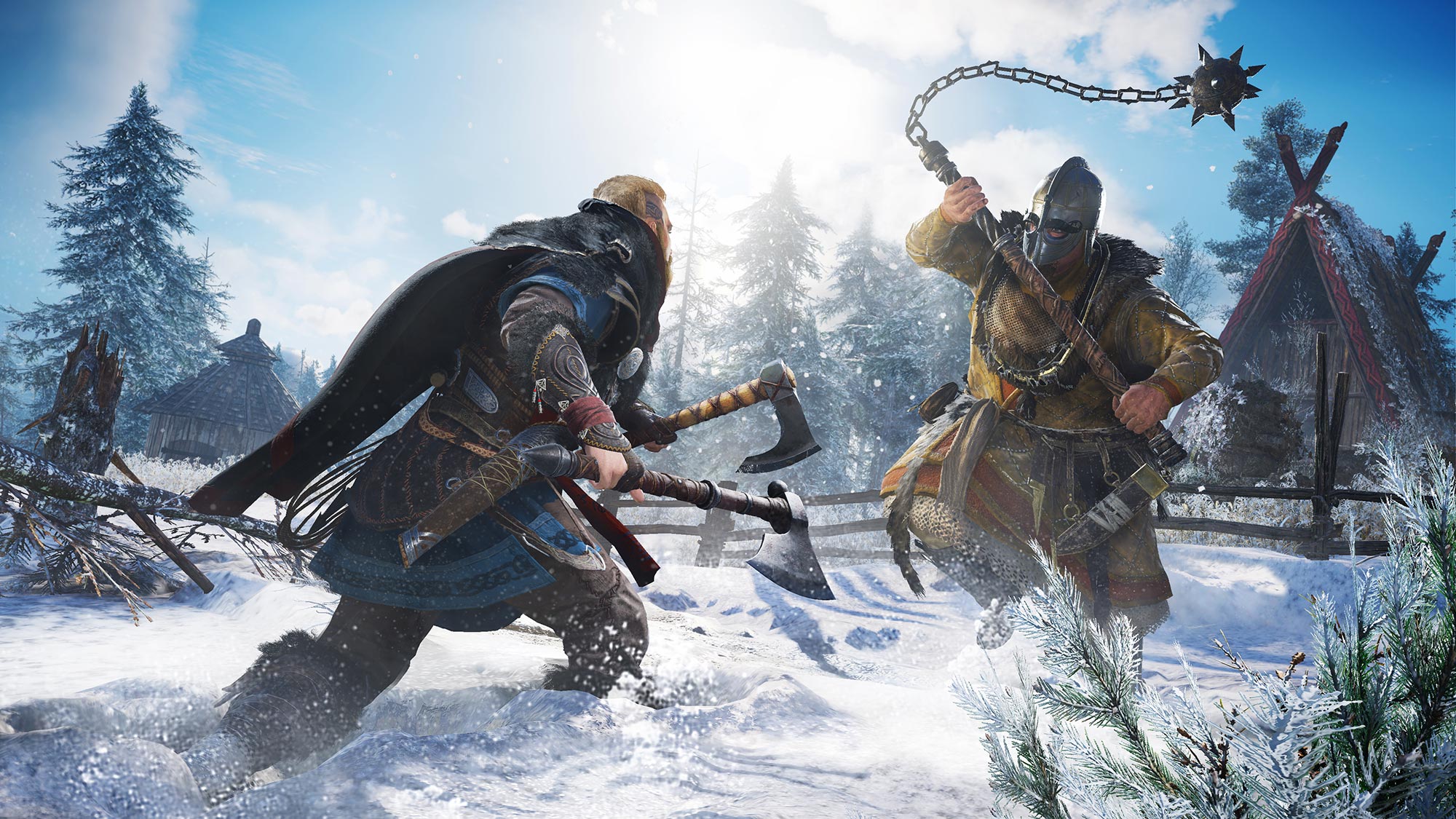
Still, I had a great time trying out all the different weapons, especially since you can now dual-wield. Parrying enemy attacks is more important than ever before, since it’s often the only way to open them up for attack. Breaking enemy shields is also more intuitive than in previous games, which helps keep combat a little more streamlined. I didn’t encounter a ton of enemy variety in most missions — mostly just rank-and-file English soldiers — but some of them had shields and some of them had spears, so I had to change my tactics up a bit.
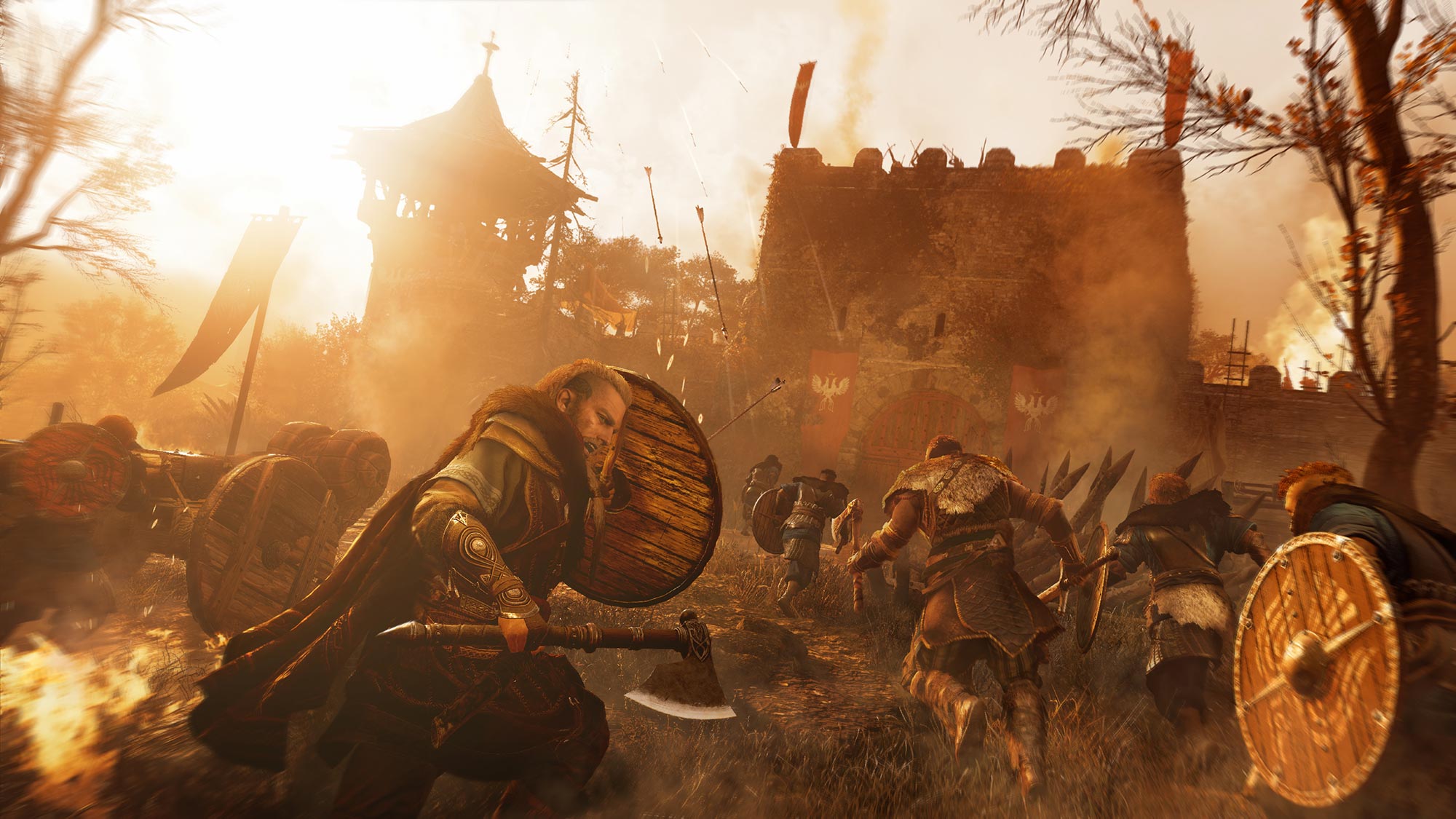
I also got to try out a handful of boss fights, which all felt appropriately difficult. One was against Black Shuk: a legendary animal, which required a lot of parrying and constant healing. Health no longer regenerates in Valhalla, meaning that you’ll have to scrounge for food in the overworld and save the excess as restorative rations. Healing on cue can be a lifesaver, but it also means that health is a very limited resource during tough fights.
Sign up to get the BEST of Tom's Guide direct to your inbox.
Get instant access to breaking news, the hottest reviews, great deals and helpful tips.
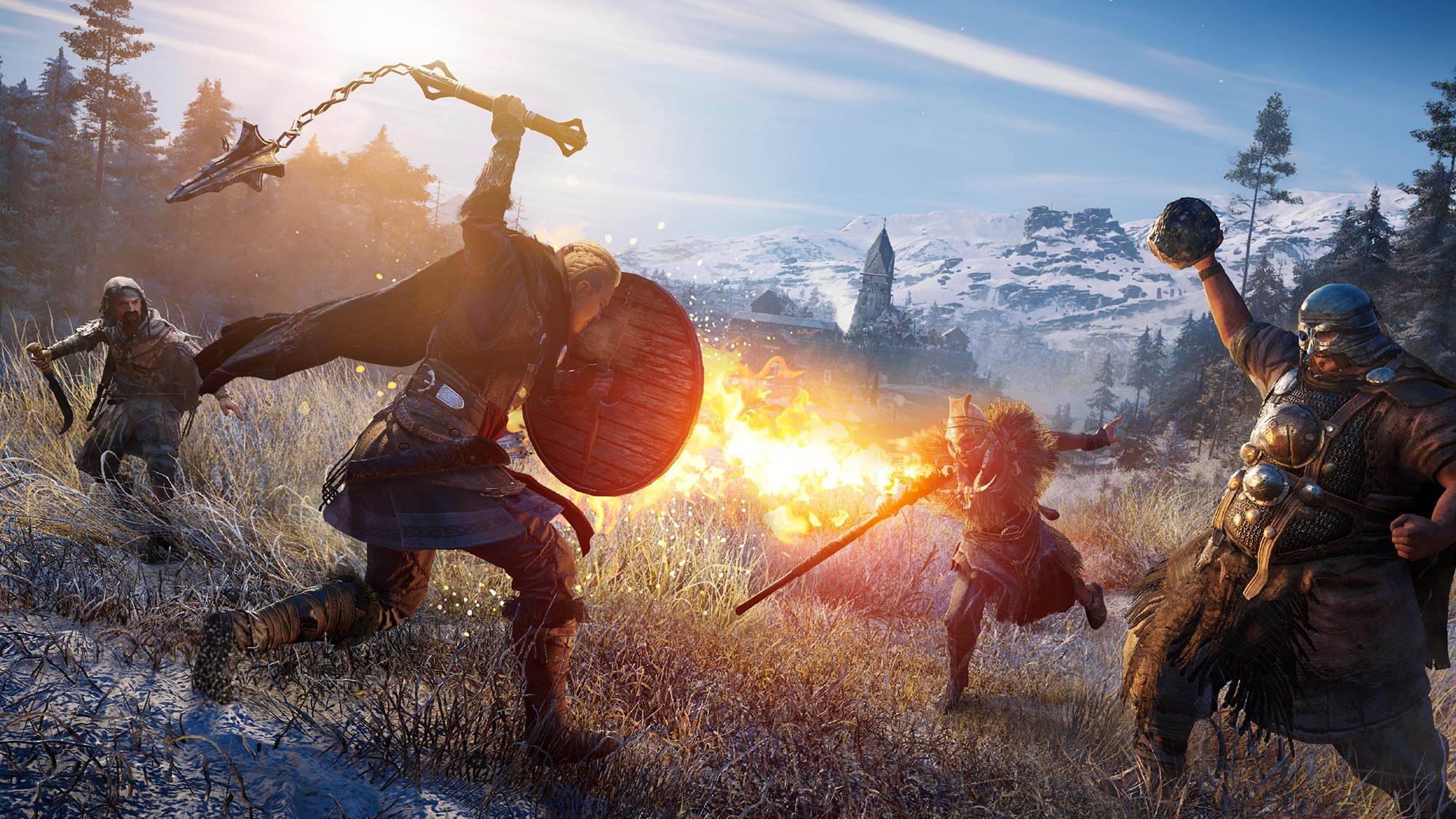
Two were against Cordelia and Regan, whom you might recognize as daughters of the semi-fictional King Lear. Each daughter used hallucinogenic drugs to convince Eivor that he was fighting a skull-faced, fire-wielding demon, not unlike the mythic creature fights in Origins and Odyssey. Parrying and dodging were key, but you can no longer dodge indefinitely in Valhalla. If you use up your dodge stamina, it will take a while to recharge, making parrying more important than ever.
I’ve talked before about how putting open combat front and center isn’t really what Assassin’s Creed set out to do at first. But taken on its own merits, combat in Valhalla is fast-paced and fun, and probably varied enough to sustain a long open-world game.
Smart character advancement
I also got a chance to earn skill points and allocate them in the game’s character advancement system, which resembles nothing so much as Final Fantasy X’s sphere grid. Eivor has access to three different skill trees: Raven, Bear and Wolf. Each one corresponds to a different gameplay style — likely stealth, melee and ranged, respectively, although I didn’t get a chance to examine all three trees in detail.
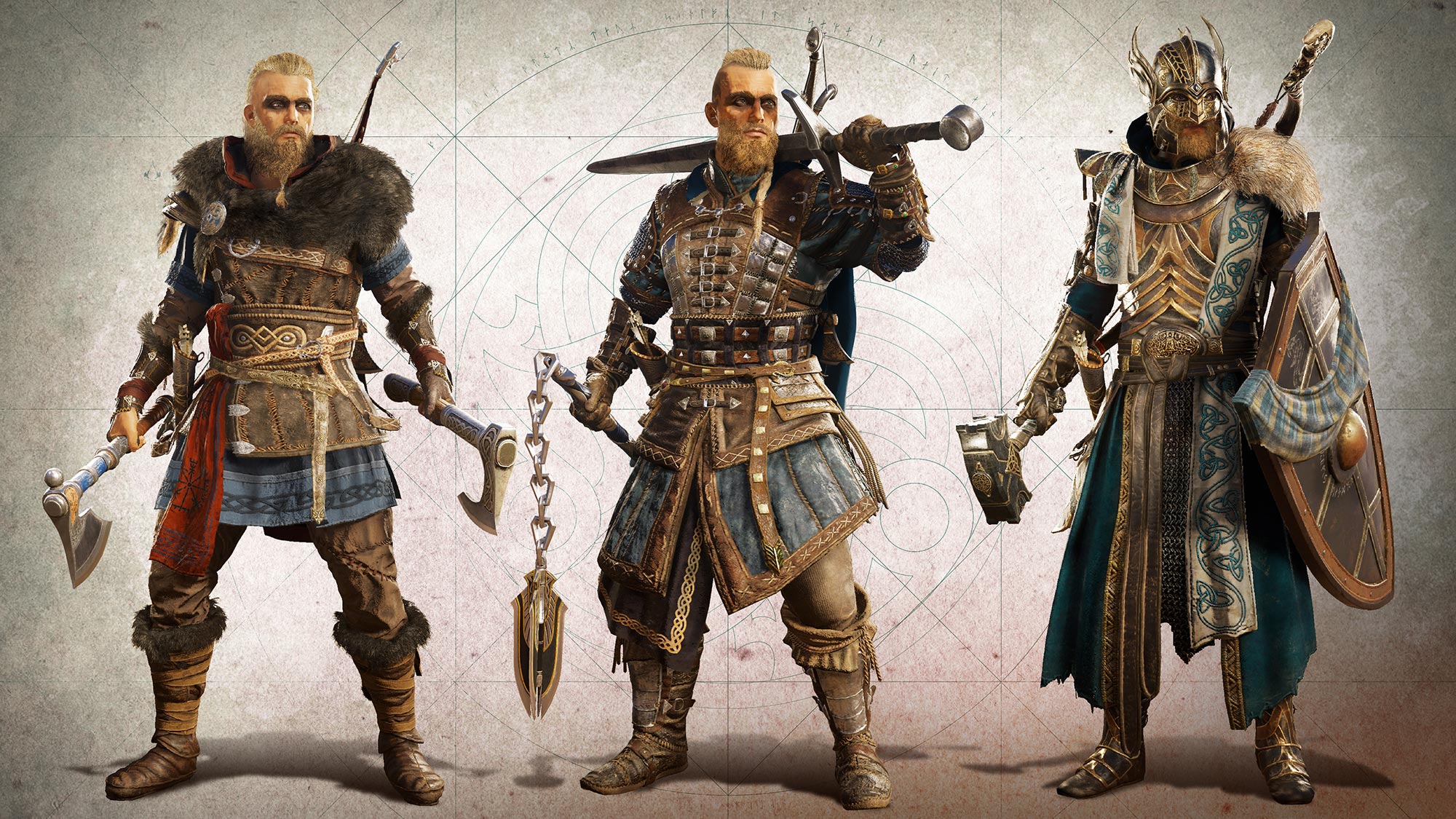
Each time you unlock a small boost in any skill tree — an increase to melee damage or a boos to health, for example — it puts you a step closer to learning a new skill, such as leaping in the air and slicing an opponent on the way down. You’ll also occasionally have to choose between two different skills, each one of which unlocks a different path. It’s an interesting system. However, you can improve skills only with books you find in the overworld, not simply by allocating points. It’s an odd two-tiered system that sometimes makes it difficult to prioritize your favorite skills.
Ambitious story
It’s been a while, but if you think back to the early Assassin’s Creed games, the tension between religious and secular society was at the forefront of the story. The first game examined whether Christians or Muslims had a better claim to the Holy Land, while the second and third games were basically long exegeses on papal corruption. Valhalla looks like it will take a critical eye to religion once again, which is appropriate, given the setting.
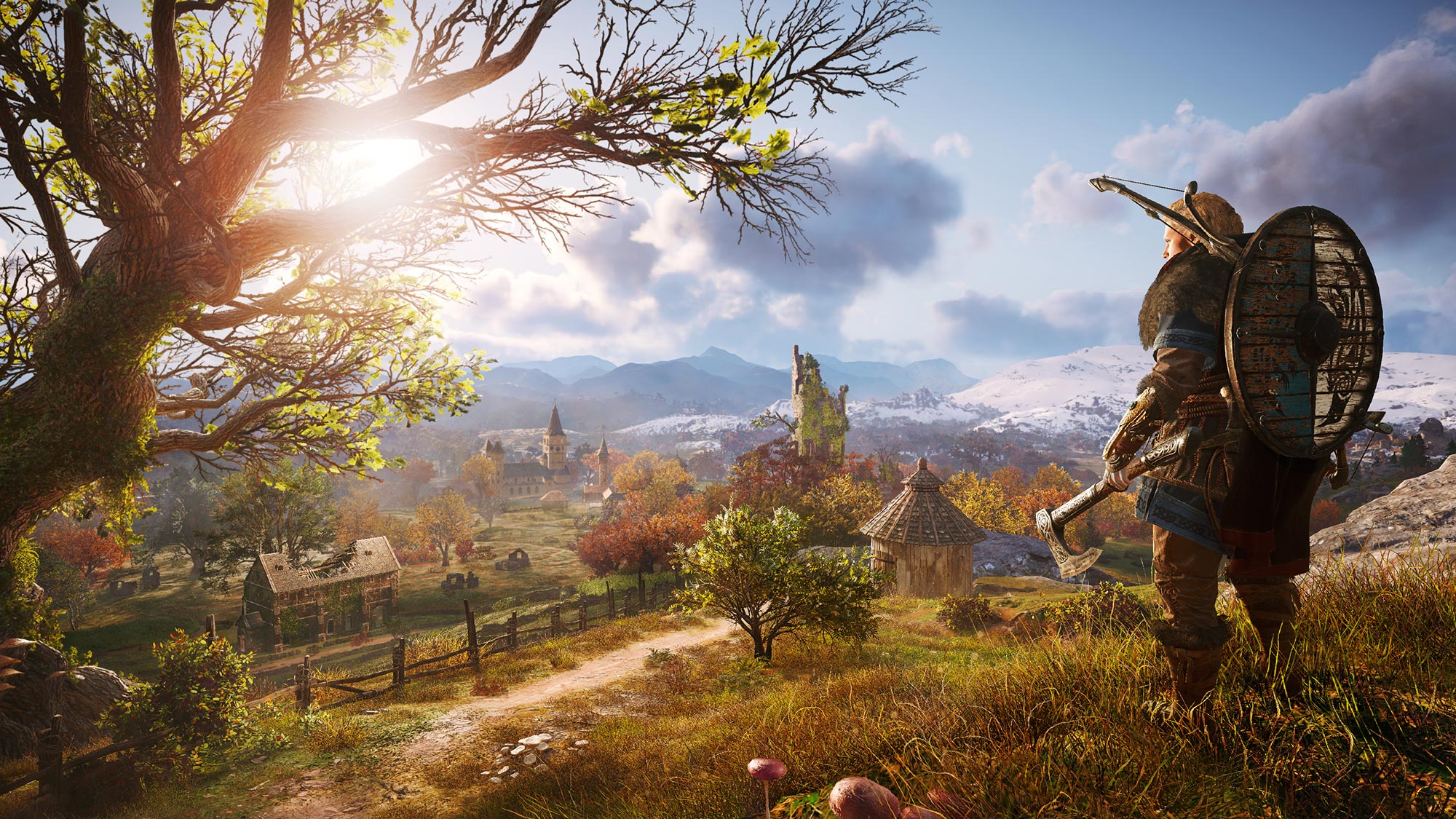
I played through three story missions during my time with Valhalla, which centered on Eivor mounting a rescue mission for Oswald, the captured king of East Anglia. Assassin’s Creed Valhalla takes place in 9th-century England, where conflict between the invading Danes and the ruling Saxons was common. But the game doesn’t simply portray the Danes as righteous warriors and the Saxons as cowardly aristocrats. Oswald is an intelligent, kind and courageous ruler who takes his Christian faith very seriously. Eivor is quick to point out that some of Danes are simply bloodthirsty bandits. No character is defined by his or her racial or religious background. It’s a nuanced look at a complex time in history, like in the very first game.
Eivor, like the best Assassin's Creed protagonists, is an agreeable mix of pragmatism and principle. I wish I knew more about his connection to the Assassins — who were in full swing at this point in history, unlike the proto-Assassins in Origins or Odyssey — but I’m sure that will come with the full game.
Raids instead of Conquest Battles
One of my big complaints about Assassin’s Creed Odyssey was that the Conquest Battles felt aimless and repetitive. Thankfully, the raids in Assassin’s Creed Valhalla have addressed a lot of my concerns. There’s still mass combat in Valhalla, but it’s not a repetitive slog across a crowded battlefield. Instead, each raid begins when you sail your longship down a river to a fort, then blow a horn to rally your allies to you.

As you and your companions fight your way through the enemies in a fort, you’ll make progress by reaching new areas, not simply monitoring a progress bar. Seeing a fort’s defenders dwindle from a swarm to a trickle is satisfying, as is the realization that once you raid a fort, you don’t need to raid it again. You need only plunder its wealth once, unlike conquest battles, which were repeatable ad infinitum.
Stealth is underutilized
One of my biggest hopes for Assassin’s Creed Valhalla was that stealth might be a viable option in almost all situations, as it was up until Assassin’s Creed Unity. Instead, it’s still extremely easy to botch a stealthy approach and wind up in a situation where it’s simply a lot easier to bash your way out. A lot of 9th-century England is flat, open country, which doesn’t afford many opportunities for stealth, even in forts and churches. There’s also a little timing minigame associated with assassinating robust targets, which means it’s quite easy to botch an assassination attempt.

Perhaps the character build I was playing was simply not optimized for stealth. But Valhalla does seem to take the Origins/Odyssey approach: “You’re welcome to try stealth, but you’ll probably have to fight your way out.”
Too much stuff (maybe)
There was too much stuff to do in Assassin’s Creed Odyssey. You’ll see absolutely everything the game can throw at you by the 30-hour mark, but if you want to do everything, you’re in for 80 hours of gameplay, or more. Assassin’s Creed Valhalla looks a little more streamlined, as you don’t have to go through a laundry list of tasks in each optional location. But there’s still an awful lot of stuff to do, and most of it seems repetitive.
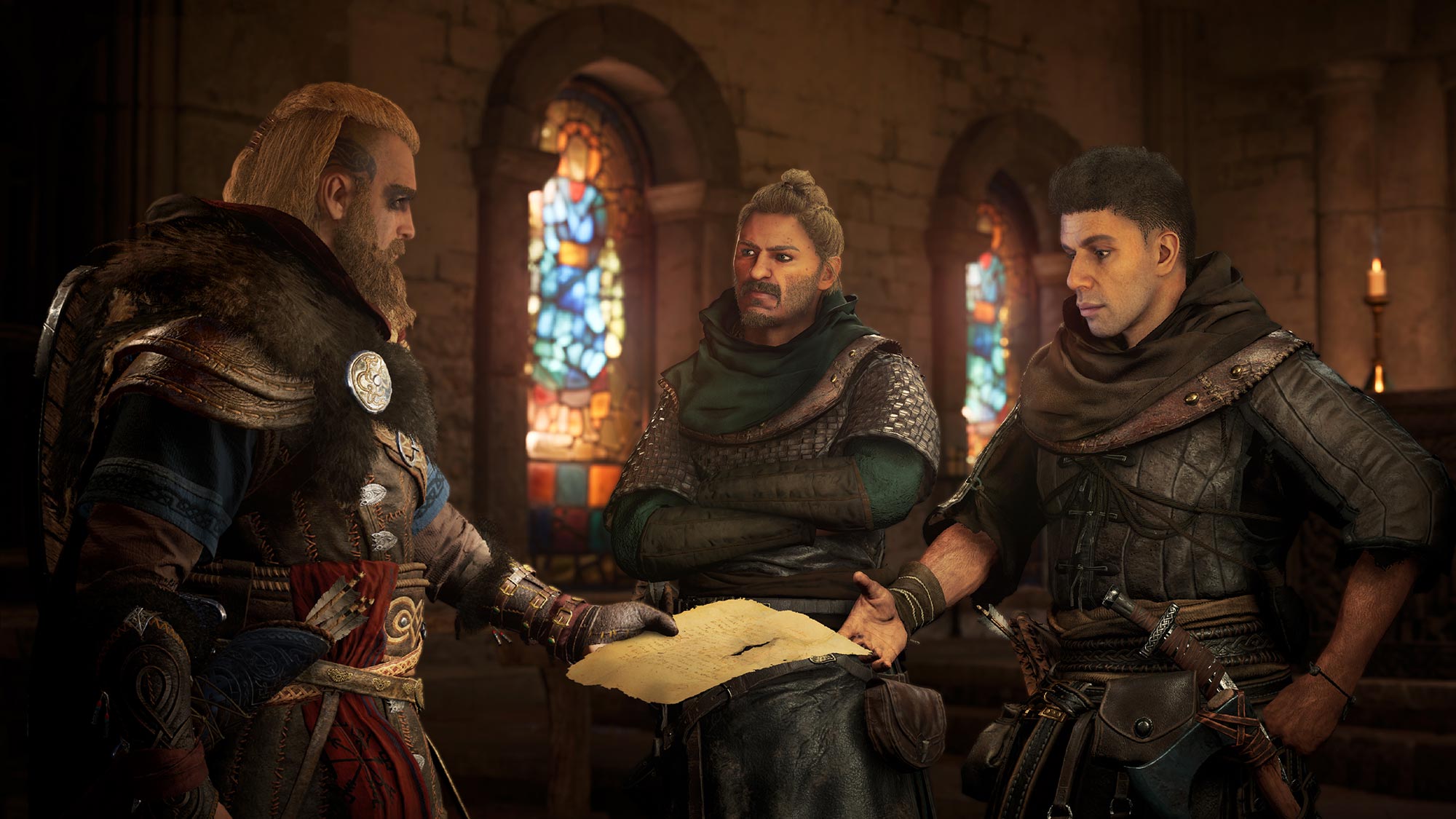
The game breaks up side activities into three types: Mysteries, Wealth and Secrets. Mysteries are potentially interesting, as this is where you’ll get your legendary beast hunts, optional boss fights and character-driven side quests. Wealth, however, is what it sounds like: Hunting down caches of money or rare items. You’ll often have to sneak or fight through fortified enemy locations. After one or two of these missions, I had seen all I wanted to see of them.
(I didn’t find any secrets during my demo, which means I’ll have to look harder for them during the main game.)

I saw about ten different explorable areas on the map, and East Anglia alone had more than 30 side activities to complete; I imagine that the novelty will wear off well before the story reaches its conclusion.
Assassin’s Creed Valhalla outlook
Assassin’s Creed Valhalla was a lot of fun for three hours. I enjoyed the combat, admired the story and got a good look at medieval England. My big question is whether the game will still be fun for the majority of its playtime. Based on the small chunk I played, it seems like the game could easily last for 50 hours or more.
In any case, I’ve been playing Assassin’s Creed since the first installment, and have no desire to stop now. Valhalla looks pretty similar to Origins and Odyssey, in ways both promising and cautionary. We’ll evaluate the game more thoroughly when it comes out late this year.
Marshall Honorof is a senior editor for Tom's Guide, overseeing the site's coverage of gaming hardware and software. He comes from a science writing background, having studied paleomammalogy, biological anthropology, and the history of science and technology. After hours, you can find him practicing taekwondo or doing deep dives on classic sci-fi.

